Struggling to make progress in swimming? Here are nine tips to help you swim faster.
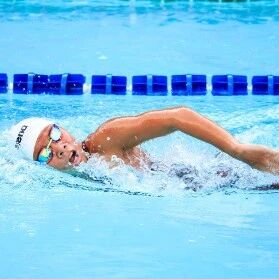
Train specifically for competition—nine techniques to help you swim faster, smarter, and with confidence, so you can hit the water feeling ready and finish with a smile.Yes, even you—someone who’s not yet passionate about swimming—can do it.
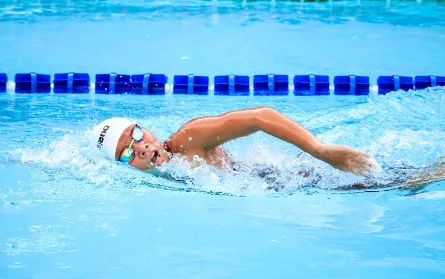
1. Travel less, but more frequently
"This is the most common mistake coaches see athletes make: jumping into the water, swimming the required distance of the race—and then repeating the same cycle over and over again. 'Practicing like this not only reduces efficiency,' says Grant Holicky, head coach at Rally Aquatic Sports Club in Colorado, USA, 'but when your body is already fatigued, continuing to push through can easily lead to the development of poor habits—like incorrect movements or improper posture.'
So, what happens if athletes keep practicing this way? Not only will their speed fail to improve, but they’ll also end up wasting precious energy that could otherwise be saved for cycling and running. That’s precisely why we always advise our athletes: swim frequently, yes—but keep it short and sweet. Aim for just 20 to 30 minutes, focusing on maintaining proper technique and form. And when you start feeling tired, step out of the pool—saving your energy for tomorrow’s session."
Here’s one important thing to note: Everyone has their own most productive time of day. If you want to discover your personal peak productivity period, the best approach is to ask a decent swimming coach you know—they can provide a straightforward assessment of where you might need extra focus or improvement.
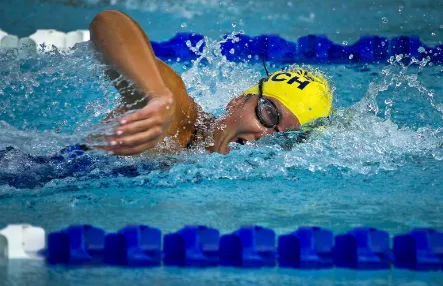
Practicing while your body is already fatigued can easily lead to the development of poor, unhealthy habits. Remember, the "quality" of your training matters more than the "distance"—focus on identifying your optimal performance schedule to consistently enhance the quality of your workouts.
2. Control your kicking movements
"Do you always kick wildly and with excessive force?" asks Erica Smith, who serves as the swimming coach for Michigan University’s triathlon team. "Doing so can leave you completely drained—leaving you with even less energy to swim effectively as you head toward your next opportunity to grab the float." She explains that "swimming by engaging those large muscle groups depletes your body’s glycogen stores, leaving you running low on stamina by the time it’s time to make your way back."
Overall, kicking contributes anywhere from 6 to 25 percent of your forward propulsion—but according to research, this percentage tends to be lower in open-water settings. Regardless of the exact figure, the key takeaway from this study is clear: avoid overexerting yourself with your kicks. Instead, aim for a smooth, efficient kicking motion that helps maintain your body’s balance and proper posture in the water.
No matter how fast your kick is, remember to keep your movements fluid—don’t let them resemble running or cycling. Here’s a simple test you can try: Turn onto your back, extend your arms overhead, and then use only your kicking motion to propel yourself across the pool. If your knees end up breaking the surface of the water, it’s a clear sign that your kick might feel more like “running” in the pool—likely due to insufficient ankle flexibility.
In response to this issue, Smith advises: "Don’t hesitate to wear fins when swimming—they’re actually a game-changer for refining your technique, pushing the limits of your ankle flexibility, and even helping you correct those overly bent knees."
Kick propulsion accounts for 6 to 25 percent of your forward momentum. Master your kicking technique to minimize unnecessary energy expenditure.
3. Glide a bit less, and increase the number of arm strokes.
It’s not your imagination—today’s competitive swimmers really do move their arms incredibly fast, and that high arm stroke rate actually does make a difference. Research by Scott McLean at Texas Southwestern University found that when swimmers increase the speed of their arm movements, their oxygen consumption doesn’t necessarily rise as a result.
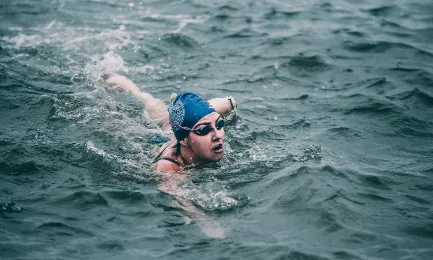
"Shorter, quicker arm movements will help you adapt better in the water," says Dr. McLean, a professor of human kinetics at Southwest University in the U.S. "It’s similar to trail running—your only way to smoothly navigate around rocks and roots is by taking smaller steps as you move forward. In the aquatic environment, short arm motions allow for more frequent contact and interaction with the water, giving you greater flexibility to adjust your pace and direction based on the current conditions." He adds that if you start with larger arm movements, you’ll end up needing equally big motions to maintain balance—and that means any slight corrections you’d normally make later can be avoided altogether. For instance, if you’re already sweeping your right arm slightly to the left, there’s no need for extra adjustments down the line.
To practice increasing your arm stroke speed, try using a swimming metronome to gradually and naturally boost your pace. Alternatively, you can swim freestyle with your head slightly above the water—this will encourage you to speed up your arm movements to avoid sinking.
4. Simulate a live match scenario, creating chaos in the pool
Holicky says to train for the race, not for the distance. In other words, your training prepares you specifically for the moments during the competition—when you’ll find yourself facing the feet of other swimmers, or perhaps even the outstretched arms of competitors just before they touch the wall. "Get yourself used to the feeling of competing against others, so we occasionally place three swimmers in the same lane and have them swim 200 meters—each stroke forcing them to push harder than the person next to them. I’ve even seen some athletes use kickboards, deliberately creating waves that make the pool ripple wildly around their opponents." See what I mean? Because even if you’re swimming in open water, there’s always someone out there who could potentially overtake you.
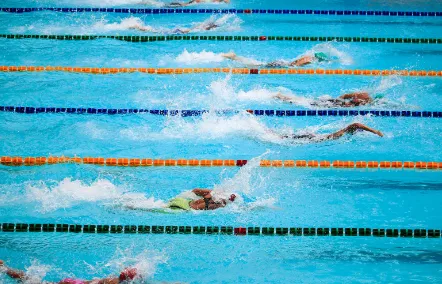
The race was incredibly chaotic—during practice, you could try swimming with a few others in the same lane to get used to the feeling of being surrounded by competitors who might create distractions during the actual competition.
5. Stop treating race speed as a single, isolated factor.
"In a race, you’ll encounter various scenarios—sometimes you’ll need to speed up and overtake others, while at other times, you’ll slow down when spotting a buoy. Or perhaps, right from the start, you’ll dive into the water at your fastest pace. That’s exactly what you should be training for." "Triathlon athletes should simulate real race conditions during their training—practicing when to swim calmly and when to accelerate," Smith explains. "This will help you get a feel for how it feels to maintain different speeds, because in open-water races, situations can shift unpredictably. Ultimately, you’ll have to rely on your instincts to gauge what’s happening around you."
"Incorporating intervals and variations in pace during training is far more efficient than simply swimming relentlessly forward. 'Just as runners naturally incorporate interval training on land to boost their performance, the same principle applies in the water,' says Holicky, also an Apex Coaching coach. 'Constantly sprinting, however, will only cause your speed to drop even faster.'
During a long swim, various situations may arise, so it’s essential to practice swimming at different speeds.
6. Yes, you need to practice flipping.
Every time you reach the other end of the pool, you have to pause to turn and push off the wall—this isn’t considered “cheating.” While in open water, there won’t be a wall to push off from, but during training, this turning motion helps maintain your momentum before and after the turn, allowing you to keep swimming smoothly and effortlessly. Plus, as you practice flipping over, you’ll also learn how to keep your body streamlined and balanced—skills that will ultimately make your swimming technique more efficient and effective.
Rolling dive off the wall can enhance key techniques such as "water feel," "body relaxation," and "streamlined posture."
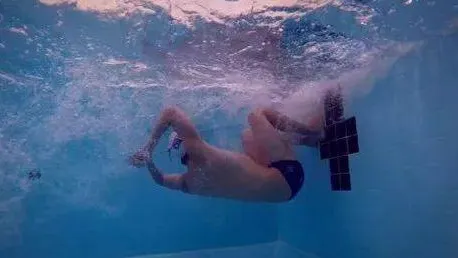
7. Adapt to Water Temperature
Nothing is more chilling than the sensation of icy water against your body, leaving your mind utterly blank. If you’re competing in an event held in very cold water, remember to practice acclimating your body to such conditions. "Typically, after training sessions, we immerse our athletes’ entire bodies in ice-filled buckets for five to ten minutes. Around two weeks before the competition, we start chilling the pool water to ice temperature and even place a few empty bottles in it. Our swimmers have reported that performing these simulated practices in a safe, controlled environment actually helps them get used to the real race conditions—and keeps their breathing rhythm steady."
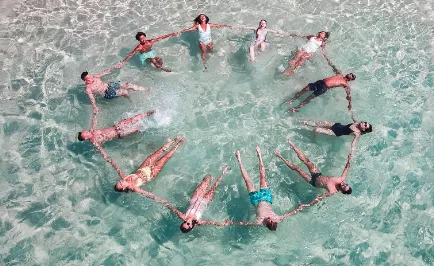
Swim in the water before the race to acclimate to the temperature and allow your body to adjust.
"If possible, jump into the water first thing in the morning on race day to get accustomed to the day’s temperature conditions. 'Cold water is not a safe environment!' warns Gerry Rodrigues, coach at Santa Monica Tower 26, who also recommends wading into the water up to waist-deep, bending down until it reaches neck level, and submerging your entire head and face for a few seconds—repeating this motion several times to help you acclimate. 'The shock of cold water can trigger headaches, so it’s crucial to gently ease into the chill before the race begins. Once your body adjusts to the water temperature, it’ll recognize that this level of cold is actually safe for you.'”
8. The Beginning of Perfection and Excellence
Here's how to get yourself ready faster when you're about to head out:
1. Start from the Shore: If the race begins on the sand or in water deep enough to reach your ankles, sprint with all your might until you gain momentum—and then swim as effortlessly as a dolphin gliding smoothly through the water. Next, push off the bottom with your hands, followed by a powerful kick from your legs. "When you feel yourself moving vertically—up and down—rather than horizontally forward, that’s the moment to start swimming," says Holicky.

2. Start from a Standstill in the Water: Smith suggests that when training in the pool, try beginning your swim from a completely stationary position. This way, you’ll gain a stronger start in actual competitions. Additionally, practicing turns without touching the wall can help you better understand how to generate forward momentum entirely on your own—without relying on any external assistance.
9. Swimming with the ups and downs of the current
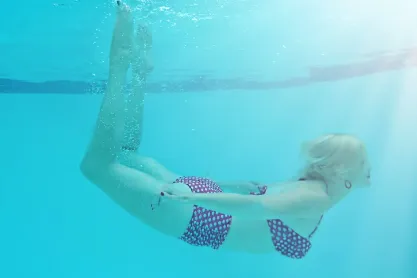
Swimming in turbulent waters is like sprinting through an earthquake—where the "ground" is constantly shifting. It’s undeniably an adventure. You can’t change it or predict its next move, so your job is to stay in control of your body’s position while embracing this wild, exhilarating ride.

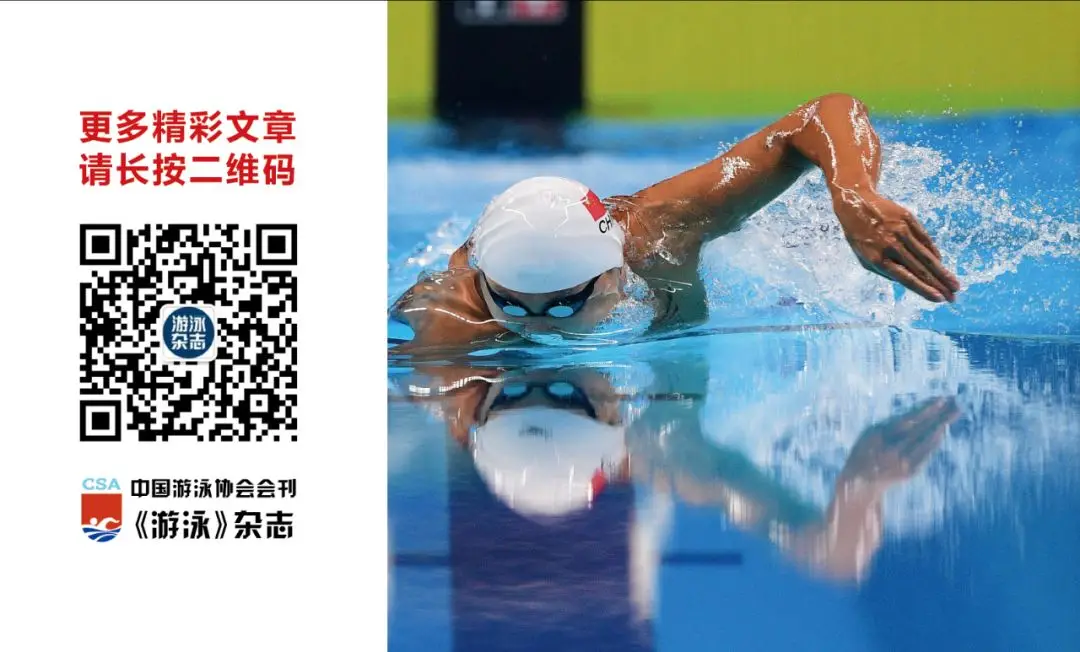
Related Articles
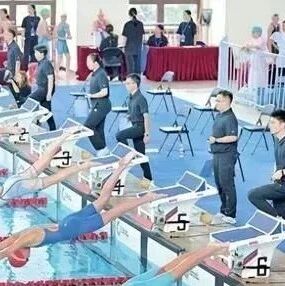
The 2025 National Youth Swimming U-Series Competition (Zhaoqing Station) Kicks Off: Combining Culture, Tourism, and Sports—Participants Receive Free Access to Scenic Attractions with Their Event Credentials.
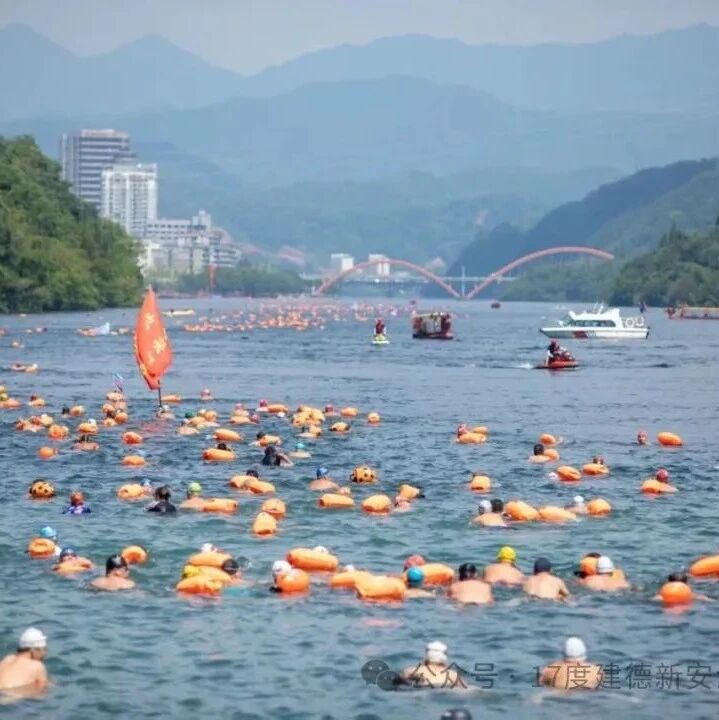
Announcement: 2025 China · Jiande 17°C Xin'anjiang "Summer Winter Swimming" Challenge
